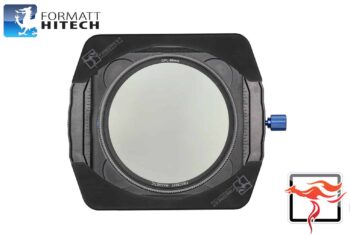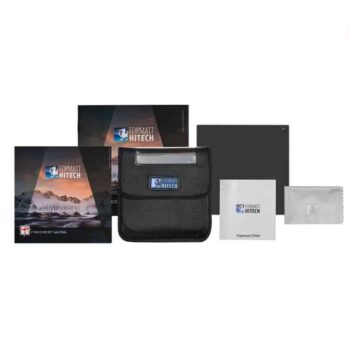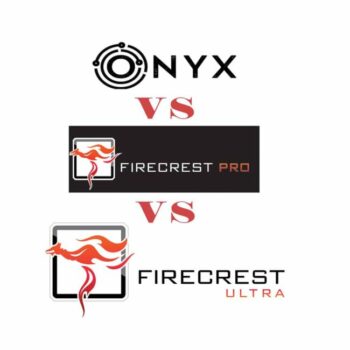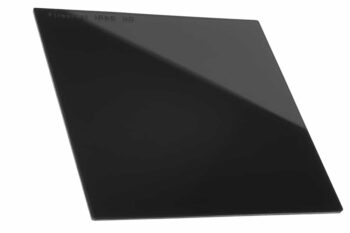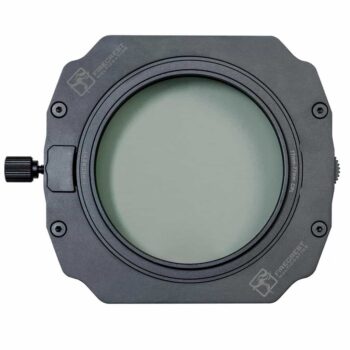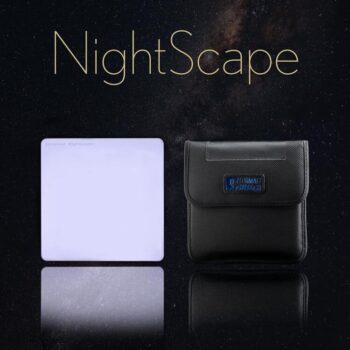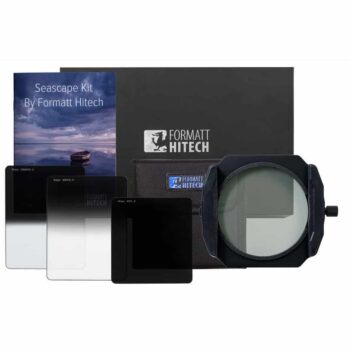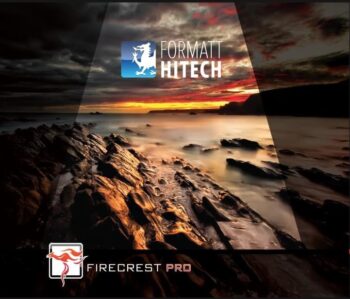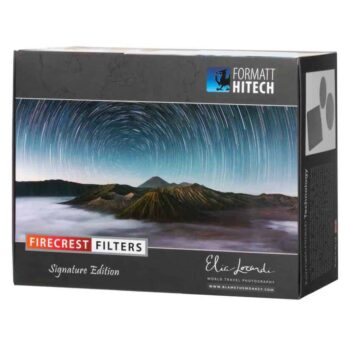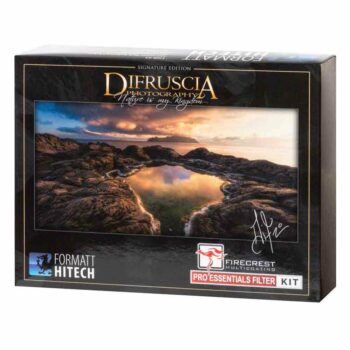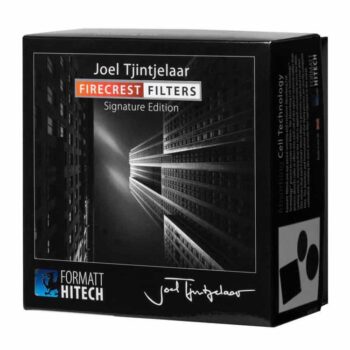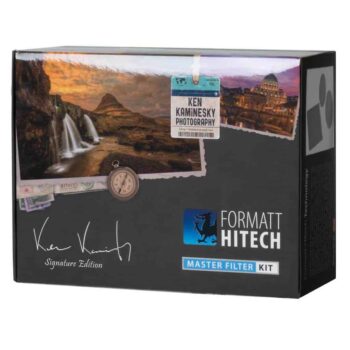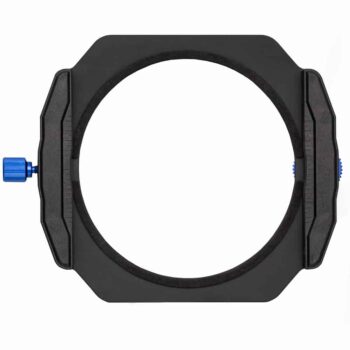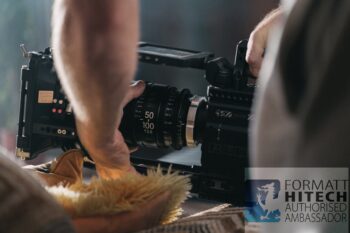
Welcome to my Formatt Hitech filters review page
My Formatt Hitech photography filter and filter holder reviews are listed below if you have any questions then please feel free to ask them.
I also have a section on their Cinema filters which you can see on my Cinema filters review page here.
Don’t Forget to checkout my Formatt Hitech Discount code page here for the latest deals and special offers from Formatt Hitech.
Feel free to use my Formatt Hitech discount code HAYES10 to save yourself a bit of money also.
Simply click on the image below to read the review you want.
Thank you for taking the time to read some of my reviews.
Photograph filters are the lifeblood of my seascape photography, they help me create the surreal out of the real and give me that extra little creative twist in an image.
Regularly I find myself sitting at the beach wondering how to condense this amazing view into a singular image. I have to say I struggle most of the time but what I do find helps me is adding that little something through movement that only filters can give you.
You still need to sit and watch, sort of surveying the scene and seeking out patterns and natural lines to help compose your shot.
Filters help you convert what’s in your mind’s eye onto your camera’s sensor.
That’s why I love them so much every shot is different.
So if you haven’t already bought a set of filters then my recommendation is the Elia Locardi filter kit, I have a review of it above 🙂
Don’t forget to checkout my Formatt Hitech Discount code page here for the latest Formatt Hitech special offers
I will be adding a lot more pages to this website very shortly so thank you for your patience and please stick with me.
See you out there,
Kieran.

